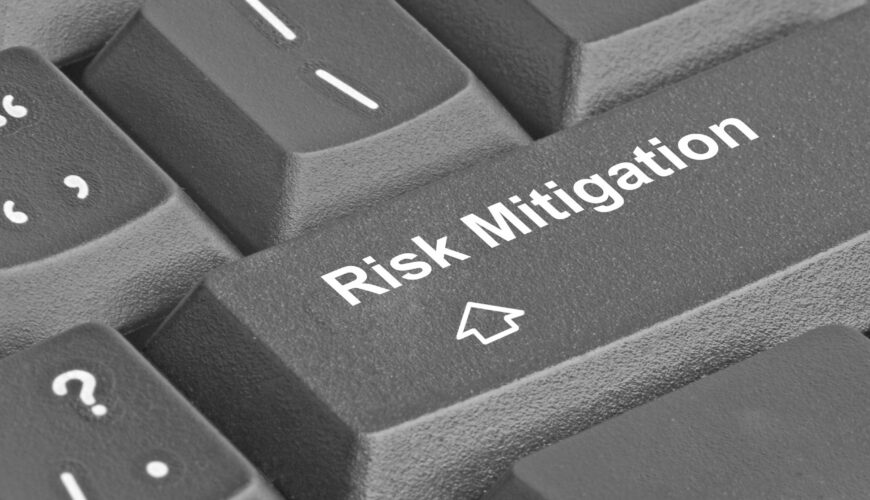Mitigating supply chain failure involves several strategies to reduce risks and ensure continuity. Here are some critical approaches:
1. Diversification of Suppliers
Multiple Sources: Relying on various suppliers for critical components or materials can prevent disruptions if one supplier fails.
Geographical Diversification: Sourcing from different regions can mitigate supply chain failure associated with local disasters, political instability, or economic downturns.
2. Inventory Management
Safety Stock: Maintaining a buffer stock of critical items can provide a cushion during disruptions.
Just-In-Time (JIT) Adjustments: While JIT can reduce costs, having contingency plans for rapid inventory replenishment can help manage risks.
3. Technology and Data Analytics
Supply Chain Visibility: Implementing advanced tracking systems (IoT, RFID, etc.) can provide real-time visibility into the supply chain, allowing for proactive issue resolution.
Predictive Analytics: Using data analytics to predict potential disruptions and plan accordingly can improve responsiveness.
4. Supplier Relationship Management
Collaborative Partnerships: Building solid relationships with suppliers can lead to better communication, flexibility, and support during crises.
Contractual Agreements: Including contract clauses for supply chain disruptions can ensure more precise expectations and responsibilities.
5. Risk Management
Risk Assessment: Regularly assessing risks at various points in the supply chain helps identify vulnerabilities.
Business Continuity Planning: Developing and testing business continuity plans ensures preparation for disruptions.
6. Flexibility and Agility
Agile Manufacturing: Adopting agile manufacturing practices allows for quicker adjustments in production processes in response to supply chain changes.
Alternative Logistics: Having alternative logistics plans (e.g., multiple shipping routes or carriers) can help maintain supply chain flow during disruptions.
7. Supplier Audits and Performance Monitoring
Regular Audits: Suppliers are regularly audited to ensure compliance with quality and reliability standards.
Performance Metrics: Monitoring key performance indicators (KPIs) helps track supplier reliability and identify potential issues early.
8. Regulatory Compliance
Stay Informed: Keeping abreast of regulatory changes in different regions ensures compliance and avoids legal disruptions.
Compliance Programs: Implementing comprehensive compliance programs can prevent legal issues that could disrupt the supply chain.
9. Resilience Building
Scenario Planning: Conducting scenario planning exercises helps anticipate various disruption scenarios and prepare responses.
Continuous Improvement: Encouraging a culture of constant improvement within the supply chain can enhance resilience over time.
10. Financial Stability
Financial Reserves: Maintaining financial reserves can help manage the economic impact of supply chain disruptions.
Insurance: Investing in insurance policies that cover supply chain disruptions can provide financial protection.
By implementing these strategies, businesses can significantly mitigate the risks associated with supply chain failure and ensure a more resilient and responsive supply chain.


